Earlier this year we had a chance to test the D810. Instead of doing another run of the mill review, we decided to do something different and have a look at the camera from a perspective of a semi pro photographer – comparing it to a semi pro camera like the D7100.
If you are thinking of moving from a semi pro camera to a pro Nikon body – this article and video are for you. We wanted to take a look at the real differences between mid-range and pro cameras and as you will see through this review there are many differences although not all of them are necessarily in favor of the D810.
The video above was recorded just before the unavailing of the Nikon D7200. We will be looking at the D7200 soon but we will mention the camera and some of its known improvement thorough this article. It is also worth noting that we focused mostly on stills and not video on this article.
Nikon D810 on the left and the smaller Nikon D7100
Table of contents for the video:
0-0:52 – intro.
0:53-7:10 – controls
7:24-10:59 – menus
11:00-14:18 – memory cards/USB
14:19-21:07 – Performance (AF/shooting speed/buffer/ISO)
21:08 – Conclusion
Build, ergonomics and functionality
On the most basic level the design of all modern Nikon bodies is very similar. What is more surprising maybe, is that all Nikon bodies share a very high level of build quality (we didn’t find that the entry level D3200 is dramatically inferior to the Nikon D800 for example – and no we didn’t try to smash both of them on the floor to see which one survived).
Looking physically at both cameras we start from the front and there are actually very few differences. The D810 does have a deeper grip – but not by much. the bottom layout is very similar and the only real difference is the Ten-pin remote terminal for the optional remote control on the right side (the lower connector) and a Studio Flash Sync Connector (to be honest we never found these very useful but we know that many users do). Both connectors are not found on the D7100 as you can see.
Moving to the top part of both cameras – here there are a bit more differences – while the D7100 has the more traditional PSAM mode dial (which we highly prefer), the D810 like all Nikon Pro bodies has a different control system which includes a mode bottom on the right (you actually need to press it and turn the back dial to change the mode (PSAM) and look at the top LCD to see in what mode you are in (Nikon basically assumes that most Pro shooters will shoot in manual mode most of the time – we are not sure if this is true but as we noted – we personally don’t like this method and prefer the PSAM dial). What you do get out of this system on the left is direct bottom control over the ISO/WB/metering and image quality (which you can also get for the most part in the D7100 using the back buttons).
The secondary dial on the left which also exist in the D7100 has a better locking bottom on the D810 in the front instead of the back. The final difference is the metering bottom which exist on the right as a separate bottom on the D7100 and on the D810 is part of the left bottom layout on the top (this is a change from the D800/D800E where this was a physical bottom/switch on the back).
D810 on the left and D7100 on the right – top plates
 The back of both cameras is again pretty similar – there are a few changes in the location of the buttons (you get an extra – and not really needed – OK bottom on the left and the i bottom is moved to the right) and you gain an AF-ON bottom on the right (nice – on the D7100 we had to re-assign the AE-L/AF-L bottom which is a separate bottom on the D810).
The back of both cameras is again pretty similar – there are a few changes in the location of the buttons (you get an extra – and not really needed – OK bottom on the left and the i bottom is moved to the right) and you gain an AF-ON bottom on the right (nice – on the D7100 we had to re-assign the AE-L/AF-L bottom which is a separate bottom on the D810).
A look from the back – D810 on the left and D7100 on the right
Possibly the biggest difference in terms of design has nothing to do with buttons but more to do with the size (and weight) of the cameras. We have small hands and for us the D810 is simply too big. Weight really depends on the lens – with smaller lenses we didn’t feel that the camera is too heavy, however when we shot with the D810 and the new 80-400nn Nikon lens – it quickly became pretty heavy (significantly more than when used with the D7100). Of course size really depends on your hands and what you are used to and there are people who actually prefer the bigger size and even consider adding a grip (not just for vertical shooting but also for comfort).
In terms of menus there is actually a huge difference between the D810 and the D7100. At first glance the menu structure looks very similar, however when you dive deep inside you realize that the D810 has many more options to offer. Now, generally speaking, more options is usually better. When compared to a camera like the D5500 (which we are currently reviewing by the way), the D7100 offers much more usable options (in fact when using the D5500 we felt that some very important options are missing – one example – the option to configure the O.K. bottom to be used for 100% magnification of a displayed image – and there are many more similar examples).
However, we do feel (and some users might disagree here) that more in this case isn’t necessarily better. In fact, the D810 has so many options that actually finding some of the things (one good example is the back bottom for focusing which took us quite some time finding in the very extensive D810 menu system). Although we didn’t count all the menu options we would dare to estimate that the D810 has between 30% and 50% more menu items. The thing is that at least for us – after playing with the D810 for over a month – we didn’t find even one menu item that we felt is really missing from the D7100 and that exist in the D810 (it is possible that pro photographers with very specific needs might find important functions that does not exist on lower end Nikon models, but at least for us there weren’t any).
Performance
Both the Nikon D7100 and the D810 are pretty far from being the fastest cameras in the Nikon lineup (the D300S is still faster than the D7100 with 7 full sized images per second or 8 with a booster compared to 6 full sized and 7 – 1.3x crop sized ones), the D810 is even slower at 5 frames per second (still an improvement from 4fps of the D800/D8OOE models) which can be improved up to 7 fps in crop mode with the battery grip. Sadly the Nikon D7200 didn’t seem to improve on the D7100 in this respect – another reason why we believe that a D300S replacement is upcoming later this year.
Despite having a lower continuous shooting speed (when not using the battery grip), the D810 does have a very big advantage when it comes to the buffer. The D810 has a huge buffer (even compared to the D800/D800E) and it is capable of shooting over 45 consecutive frames before it wills up (12 bit full size RAW images). The D7100 is really failing in this respect with only around 10 frames before the buffer is filled (this is where Nikon did hear its users and more than doubled the buffer in the D7200 – something that we are hoping to test soon).
sensitivity
Possibly one of the biggest differences between the Nikon D7100 and the D810 has to do with sensitivity. This has to do with both the image processor (EXPEED 3 on the D7100 vs. EXPEED 4 on the D810) but much more importantly actual physical size of the sensors (APS-C on the D7100 vs. Full Frame on the D810). As you can see in the 4 images below, the difference is very clear even at 1600 ISO and becomes extremely distinct at 3200 ISO and above. There is also a difference in colors in favor of the D810 (very clear on the center sewing thread). Note that at 12,800 ISO (which is an extended ISO on the D7100) both cameras are not usable in our opinion.
Another thing worth noting is that although we concentrate on high- ISO in this review, the base ISO of the D810 is 64 vs. a base ISO of a 100 for the Nikon D7100 (and D7200) which is important for improved dynamic range.
ISO 1600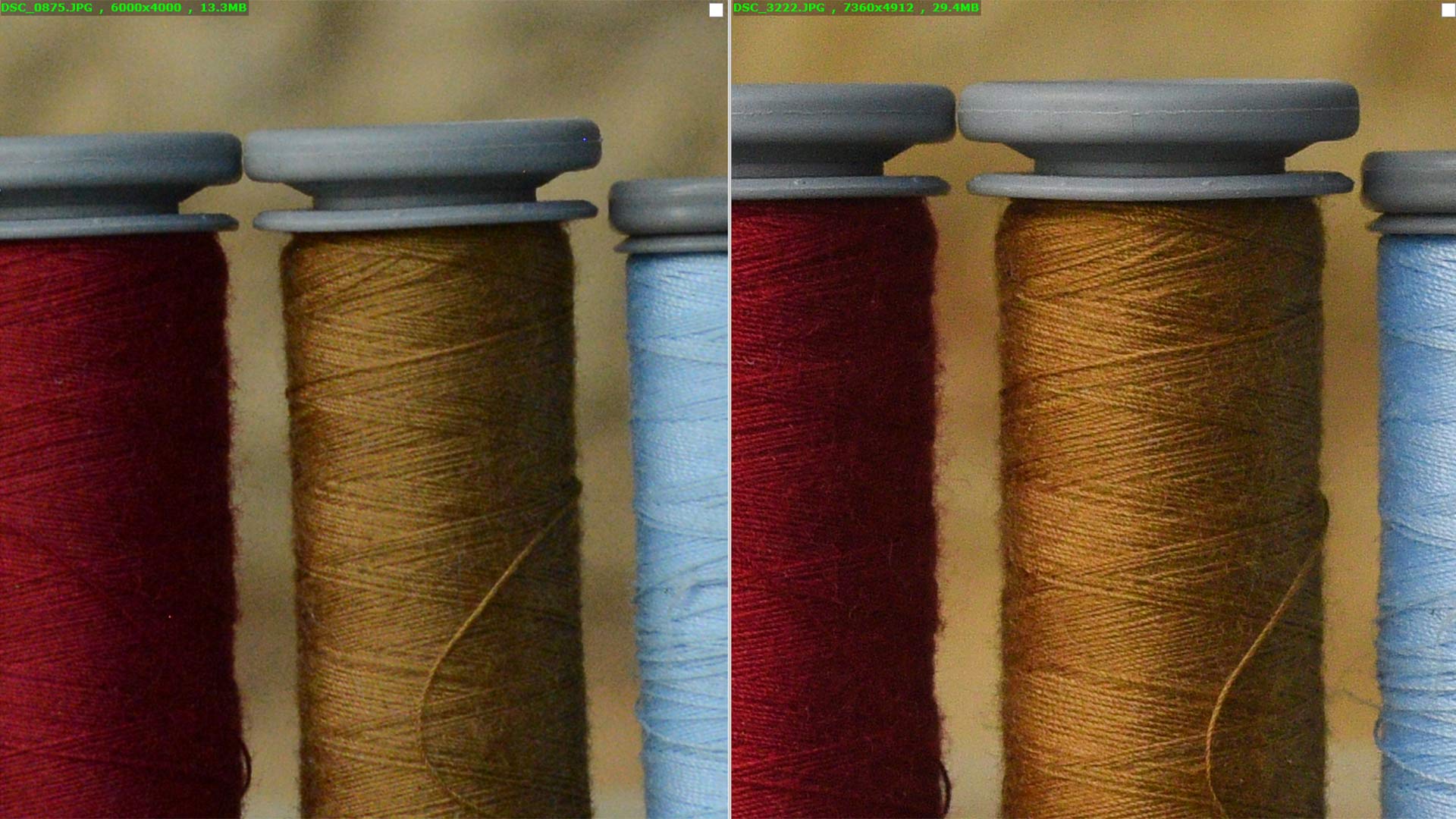 ISO 3200
ISO 3200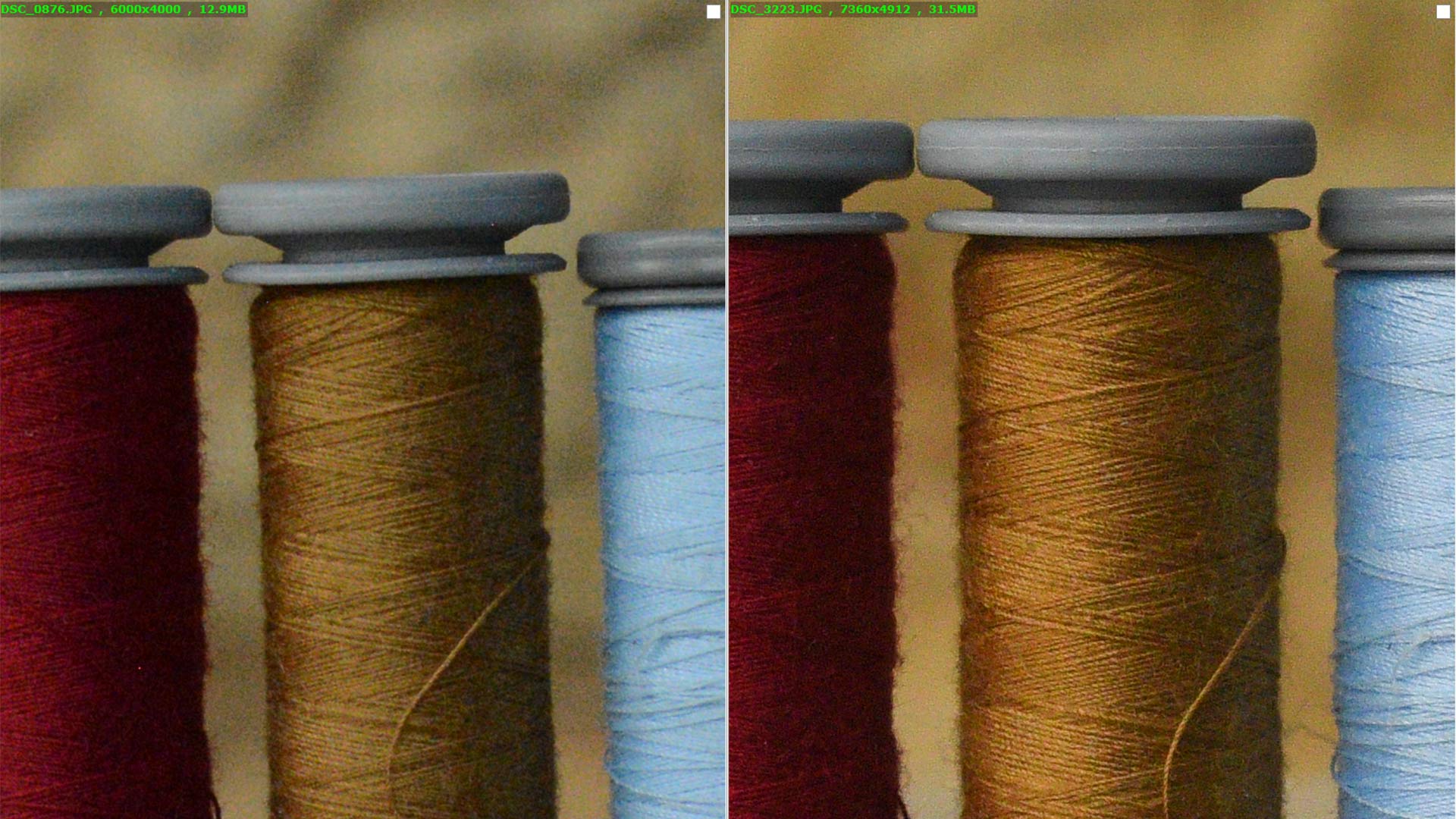 ISO 6400
ISO 6400 ISO 12,800
ISO 12,800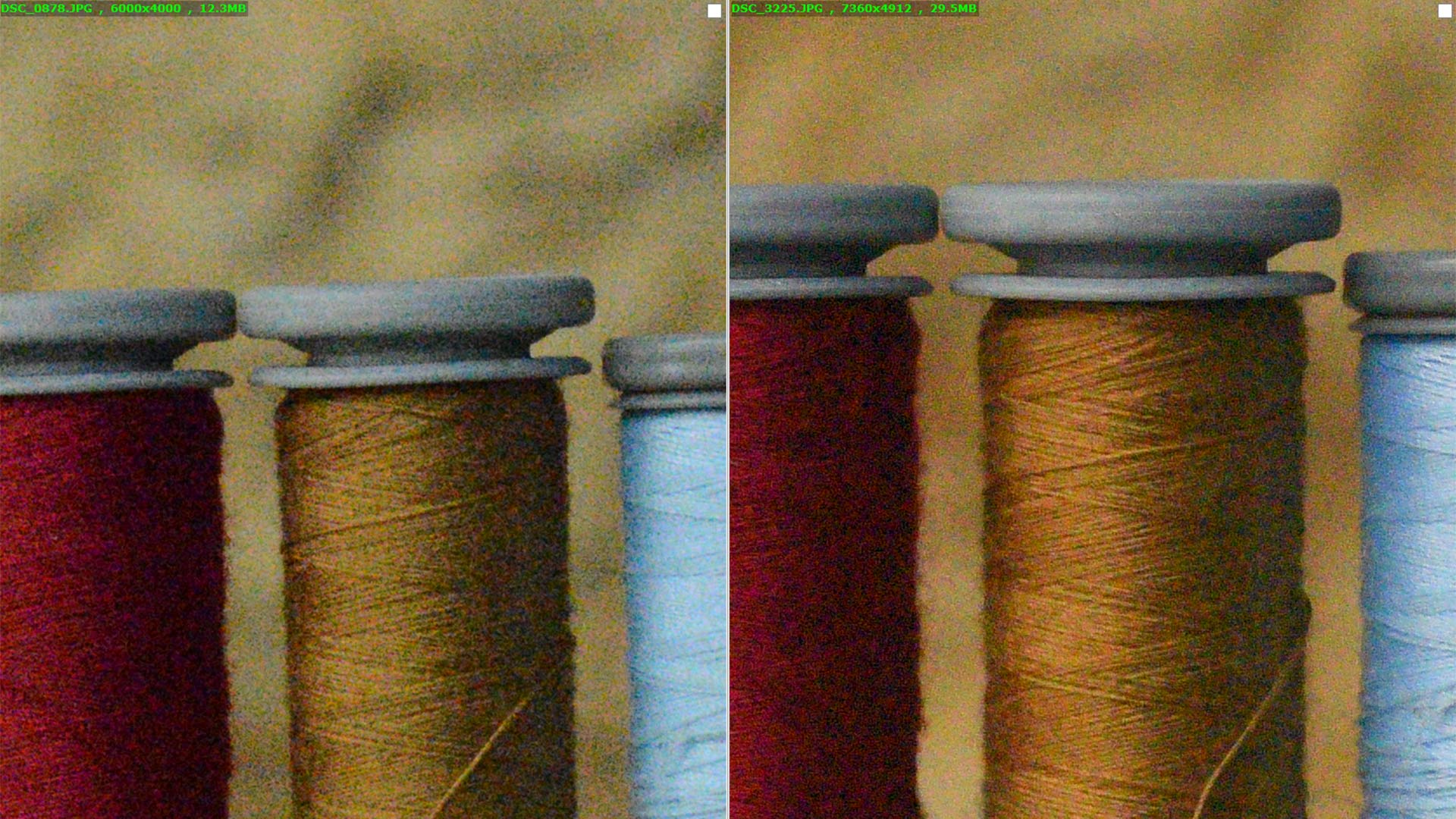 Moving on to another big advantage of the D810 – lets have a look at the amount of detail that you can see in the image (in this case we didn’t shoot identical images on both cameras for some reason so you will have to settle for our word regarding the difference between the cameras). Check out this “hero” shot below at full size and later on at 100% crop – the 36MP sensor really does give a lot more details than the 24MP sensor of the D7100.
Moving on to another big advantage of the D810 – lets have a look at the amount of detail that you can see in the image (in this case we didn’t shoot identical images on both cameras for some reason so you will have to settle for our word regarding the difference between the cameras). Check out this “hero” shot below at full size and later on at 100% crop – the 36MP sensor really does give a lot more details than the 24MP sensor of the D7100.
Detail level with the D810
 100% crop on the D810 – spectacular amount of details (shot with the Nikon new 80-400mm lens)
100% crop on the D810 – spectacular amount of details (shot with the Nikon new 80-400mm lens)
 Finally a really quick word about video – this is mainly a stills comparison and we didn’t bother to much about video here but we did shoot quite a bit of video with the D810 (actually almost all of our recent Tamron SP 150-600mm F/5-6.3 Di VC USD review was shot with the D810 so you can check out the image quality for yourself (we feel that it is pretty darn good). The D810 has a few improvements in terms of video features and although both cameras share mic/headphone jacks and 1080p video, the D810 does offer 1920 x 1080p@60p (the D7100 only does 1080p@60i – and the D7200 only allows 1080p@60p in crop mode – a strange decision by Nikon). The D810 also improves by adding log and zebras (added in the new D7200 as well).
Finally a really quick word about video – this is mainly a stills comparison and we didn’t bother to much about video here but we did shoot quite a bit of video with the D810 (actually almost all of our recent Tamron SP 150-600mm F/5-6.3 Di VC USD review was shot with the D810 so you can check out the image quality for yourself (we feel that it is pretty darn good). The D810 has a few improvements in terms of video features and although both cameras share mic/headphone jacks and 1080p video, the D810 does offer 1920 x 1080p@60p (the D7100 only does 1080p@60i – and the D7200 only allows 1080p@60p in crop mode – a strange decision by Nikon). The D810 also improves by adding log and zebras (added in the new D7200 as well).
Viewfinder, LCD and focusing system
The viewfinder of the D810 is large (0.7x) with full (100%) coverage and bright based on a pentaprism with improved coatings. It also has an OLED viewfinder display (just like the D7100 which we really like). The viewfinder has a big round eyepiece unlike the square one on the D7100 which is also 100% but smaller with only 0.94x magnification (remember the D7100 has an APS-C sensor so the viewfinder is equivalent to about 0.61x in FX terms).
D810 – larger, brighter better viewfinder  The LCD of both cameras is very similar (3.2 inch and over 1229k-million dots resolution). The D810 has a protective cover while the 7100 doesn’t and you don’t need one as it has a kind of anti-scratch coating (which really does work – we have seen some real demonstrations), we are uncertain if the D810 has this coating as well but Nikon should publish this info in our opinion.
The LCD of both cameras is very similar (3.2 inch and over 1229k-million dots resolution). The D810 has a protective cover while the 7100 doesn’t and you don’t need one as it has a kind of anti-scratch coating (which really does work – we have seen some real demonstrations), we are uncertain if the D810 has this coating as well but Nikon should publish this info in our opinion.
The auto focus speed, accuracy and most importantly maybe – sensitivity was possibly one of the biggest differences we felt between the D7100 and the D810. We used both cameras with the same lenses and there was a very noticeable difference in AF performance – this was very evident when shooting in low light situations where the D7100 was struggling at times. Now we do want to make this section with a small note – the D7200 should (on paper) have improved AF performance – at this point we are not sure how much better the AF performance of the D7200 is but we are hoping to find out soon enough.
Another small thing (and there are many of those which we didn’t mention in this review because the D810 does so many things) is sRAW. In the D810 Nikon for the first time implemented a small RAW file option so that you don’t need to always shoot those gigantic 36MP RAW files (which can go way over 70MB). The sRAW is smaller but not by that much and they are only 11-bit of processed data – so if quality is still your main concern stick with the regular RAW and go down with the bit depth).
Conclusion
This was a very different article than what we normally do. It isn’t a typical review of a camera and not even a comparative look between similar models (say the D800 and the D810) but actually a look at two very different platforms which are aimed at different consumers.
Since there are quite a few people who are considering an upgrade from a semi pro body to a pro body we thought that it can be a good idea to try and present to the some of the differences (As well as some of the similarities) when comparing the two and in this case the top of the line D810 and the D7100 (as the D7200 was not out yet at the time that we recorded the video – although we did mention it and some of it’s advantages in this written review).
So lets cut to the cache – why would somebody pay almost 3 times as much for a pro body when he or she can get so much from a semi pro one? well, first there is image quality – a full frame camera (and this is true for the D810 and even more so for some of the other FX Nikon bodies) can give you between 1-2 stops more sensitivity. In the case of the D810 you will also get 1.5x times the resolution and paired with a high quality glass you will definitely be able to see more details in your shots. Although you won’t be shooting faster you will be able to shoot many more consecutive images (although the new D7200 reduces the gap in this case). Besides that you will be getting better, brighter viewfinder, much better AF (again the D7200 should narrows the gap) and a lot more options to configure the camera for very specific needs. As a final cherry on this delicious cake you will also get the ability to change aperture during live-view and video shooting (which doesn’t exist in the D7100 or the D7200 – Nikon really, its 2015 – fix this already…).
The D810 with the new Nikon 80-400mm lens – heavy combination
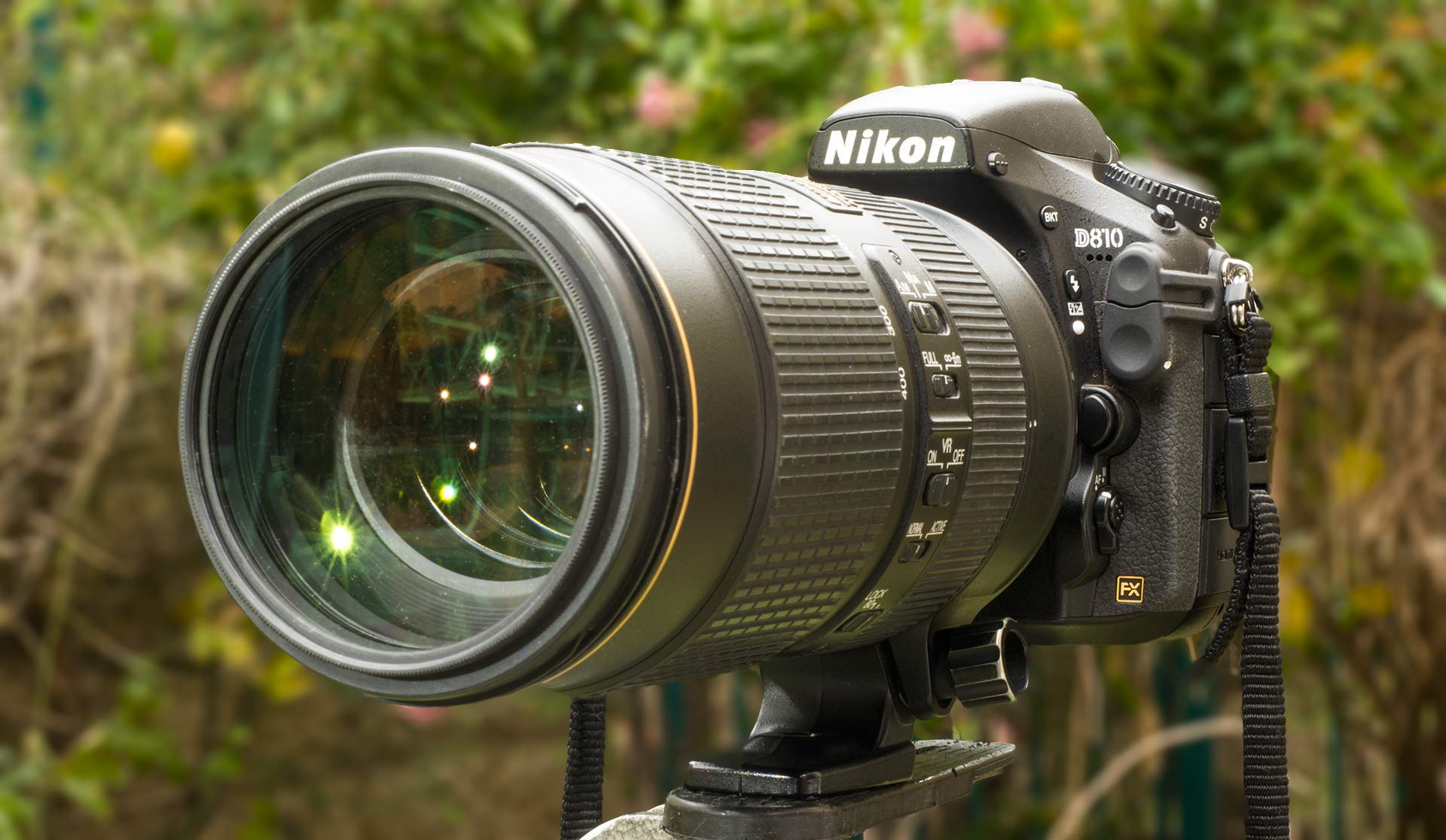 Are there any reasons not to get a camera like the D810? you bet. Besides being pretty expensive, it is large and heavy (and if you have small hands like us – it will simply feel to big and bulky). Its not as fast (for continuous shooting – unless you use the Battery Grip) and requires you to buy more expensive and large lenses.
Are there any reasons not to get a camera like the D810? you bet. Besides being pretty expensive, it is large and heavy (and if you have small hands like us – it will simply feel to big and bulky). Its not as fast (for continuous shooting – unless you use the Battery Grip) and requires you to buy more expensive and large lenses.
Our final advice – if you are a current D7100 user and you are looking to upgrade to a full frame body (and you understand the implications – full frame lenses etc.) have a good look at the D750. This camera offers almost everything the D810 does in a smaller, lighter and cheaper body (the biggest minus is going to be the lower resolution sensor – but most of us should be O.K. with “just” 24 MP anyways).
D810 advantages
- Better sensitivity (larger sensor) as well as lower base ISO (for better dynamic range).
- Better, larger viewfinder.
- Better AF system (both speed/accuracy in low light).
- More configurable (buttons/menus).
- Larger buffer.
D7100 advantages
- Lighter.
- Smaller (not necessarily an advantage).
- Faster continuous shooting speed (although the D810 can actually do 7 FPS with the MB-D12 Battery Grip in crop mode).
- Much cheaper (and can work with cheaper DX lenses in full resolution).
Nikon D810 gallery
The following images were shot with the D810, no retouching was done other than cropping (credit: Iddo Genuth, Merav Izhaky).
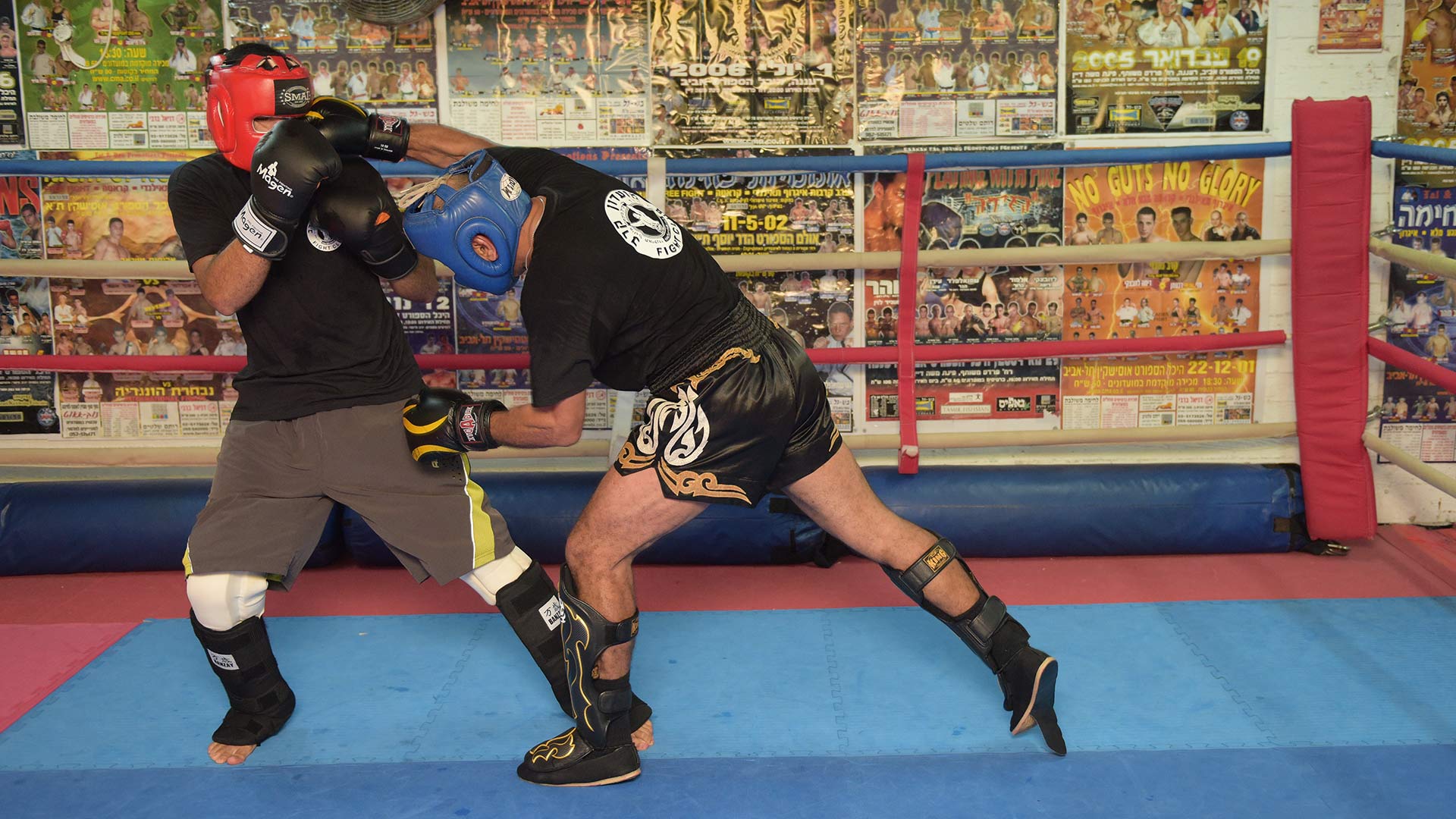 We would like to thank Hadar for loaning us the camera for review. You can check out more LensVid exclusive articles and reviews on the following link.
We would like to thank Hadar for loaning us the camera for review. You can check out more LensVid exclusive articles and reviews on the following link.

You can support LensVid by shopping with our affiliate partners
Affiliates: Amazon, B&H, Adorama and E-bay.
Why should you trust us?
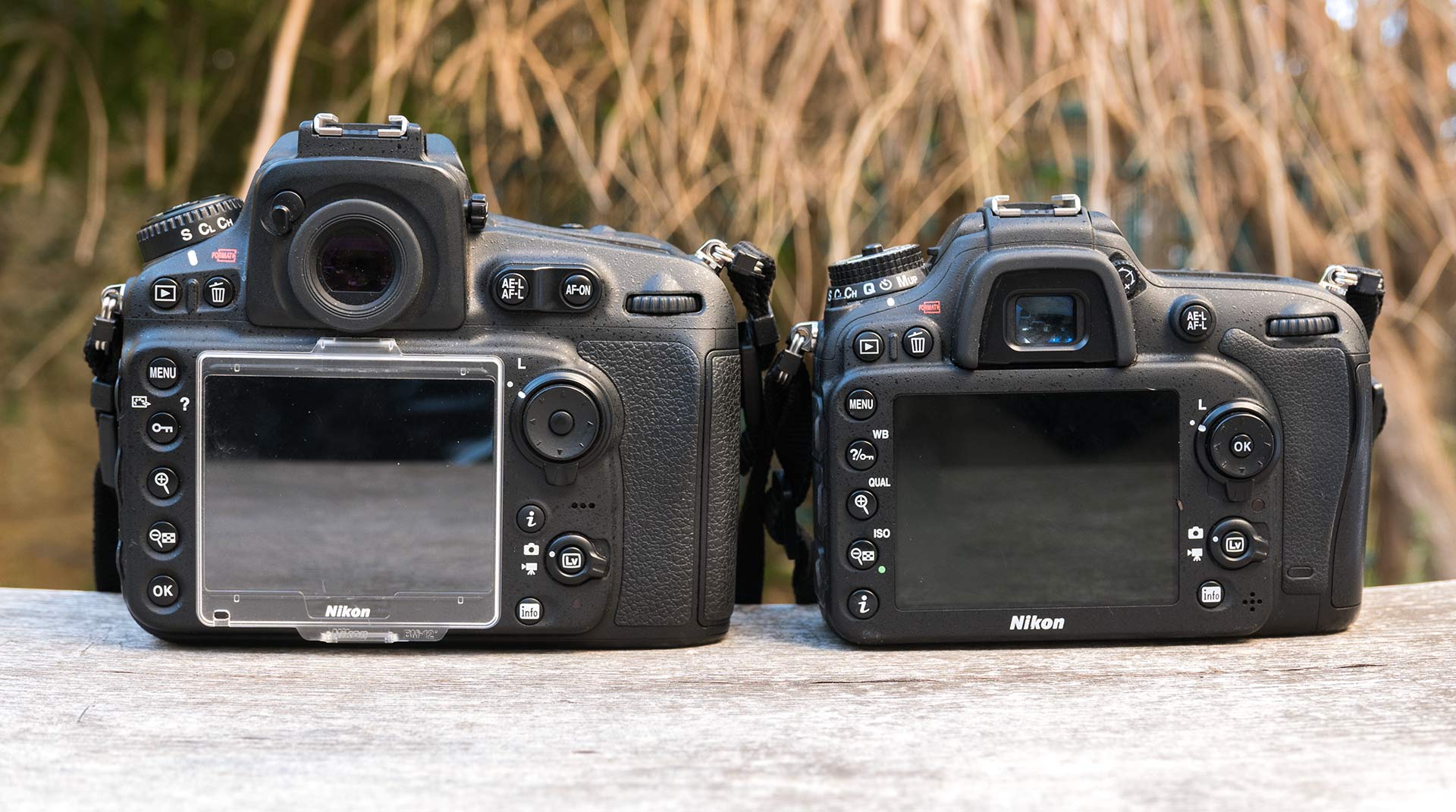

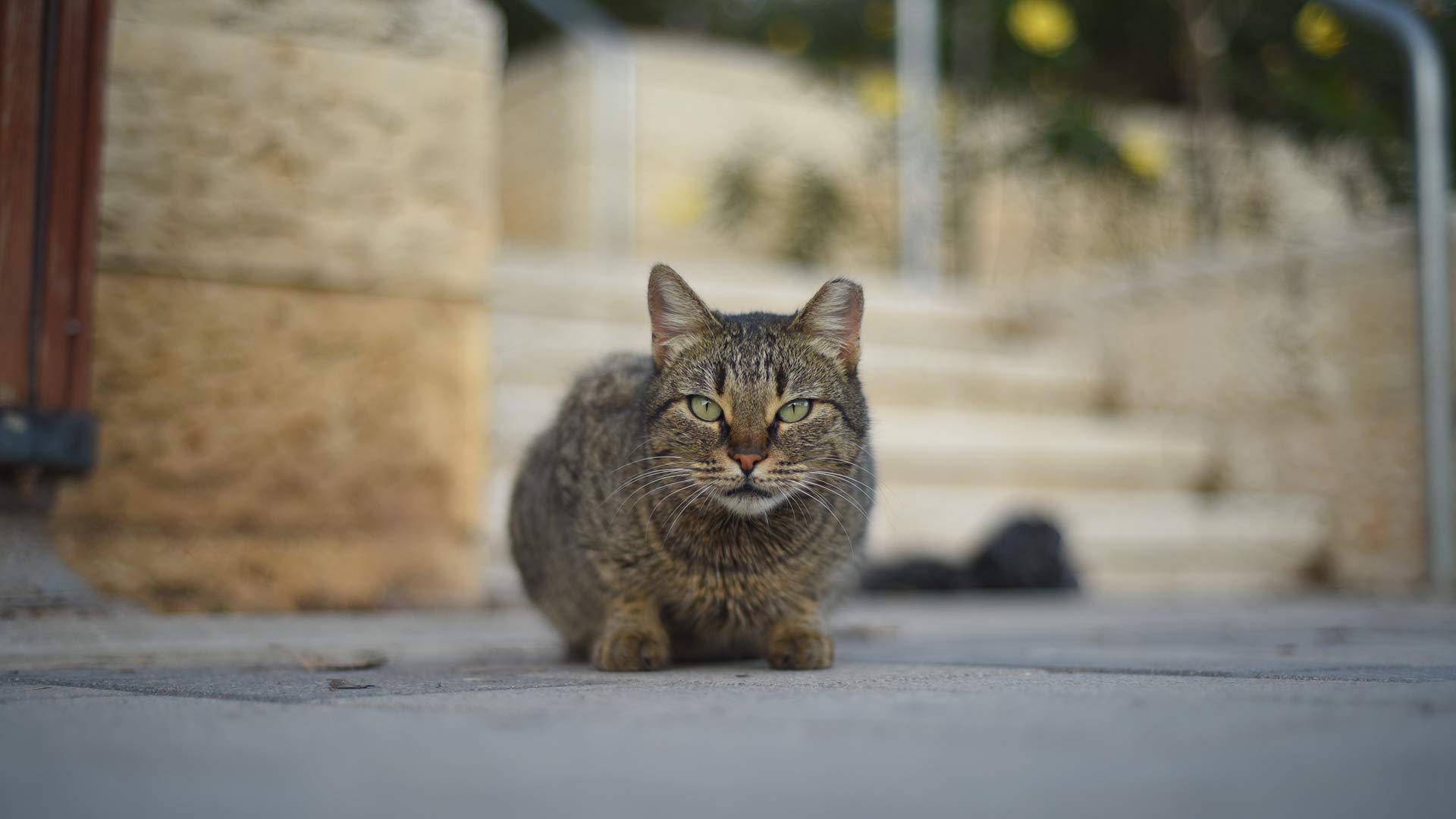


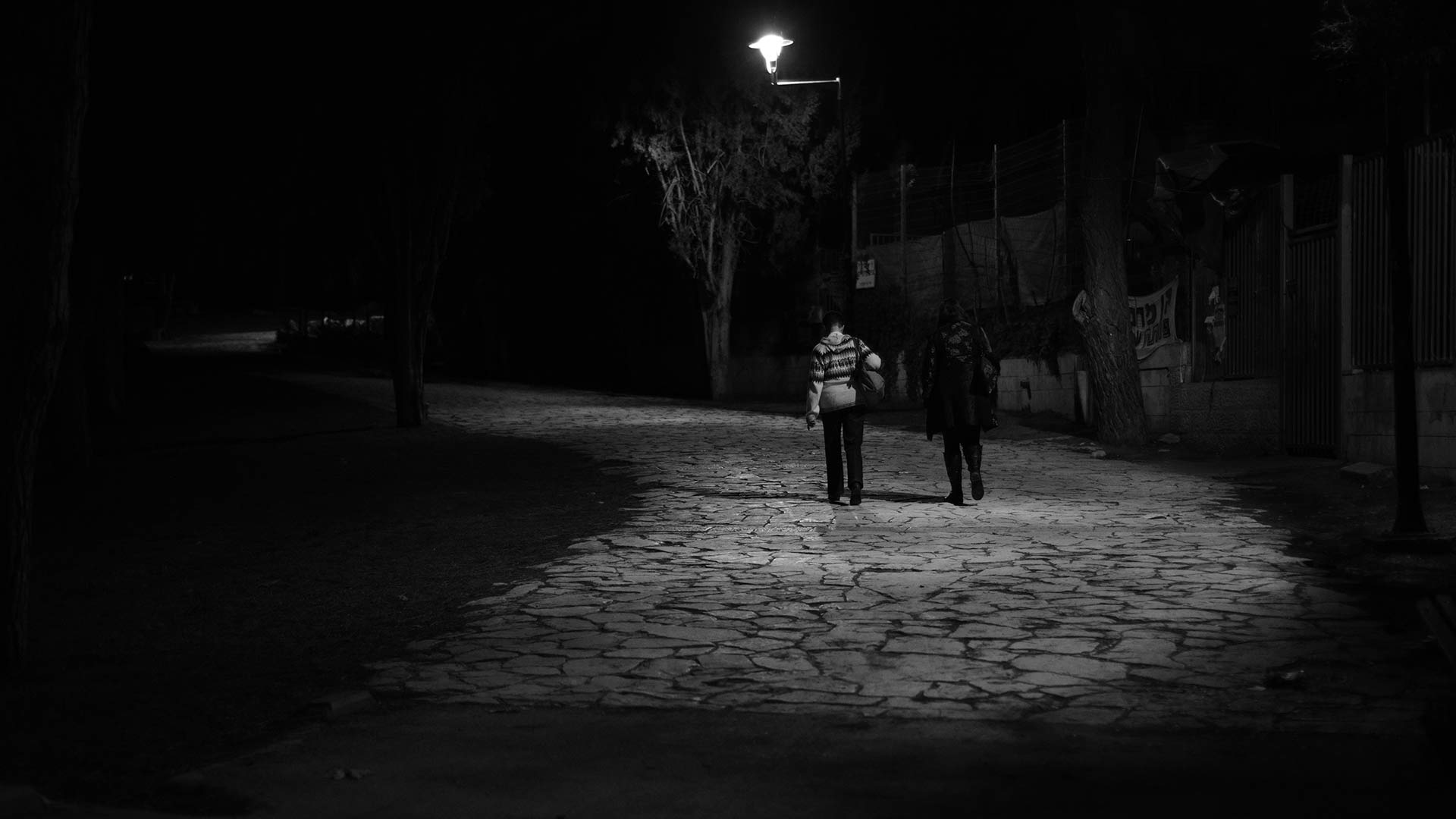
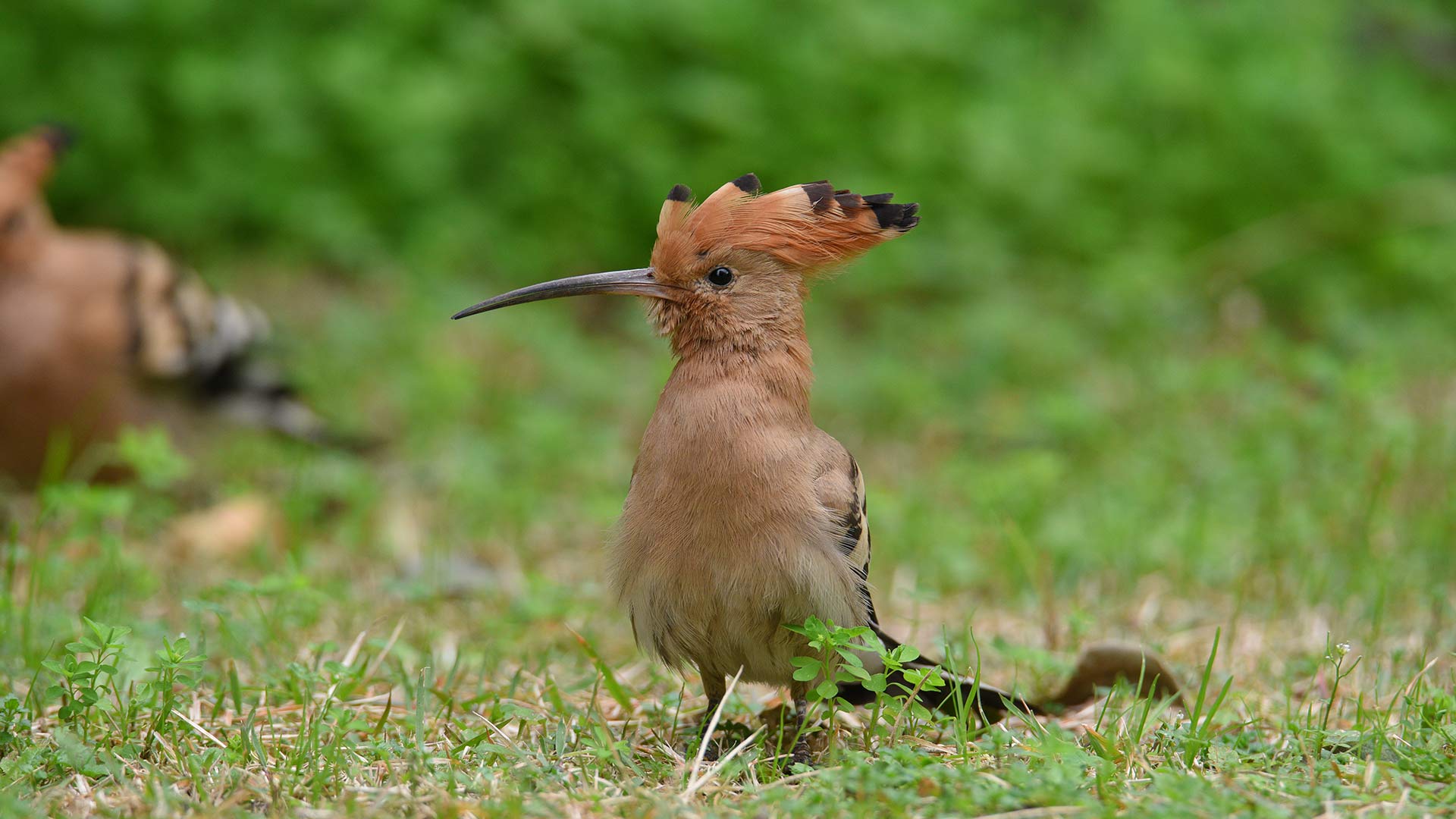


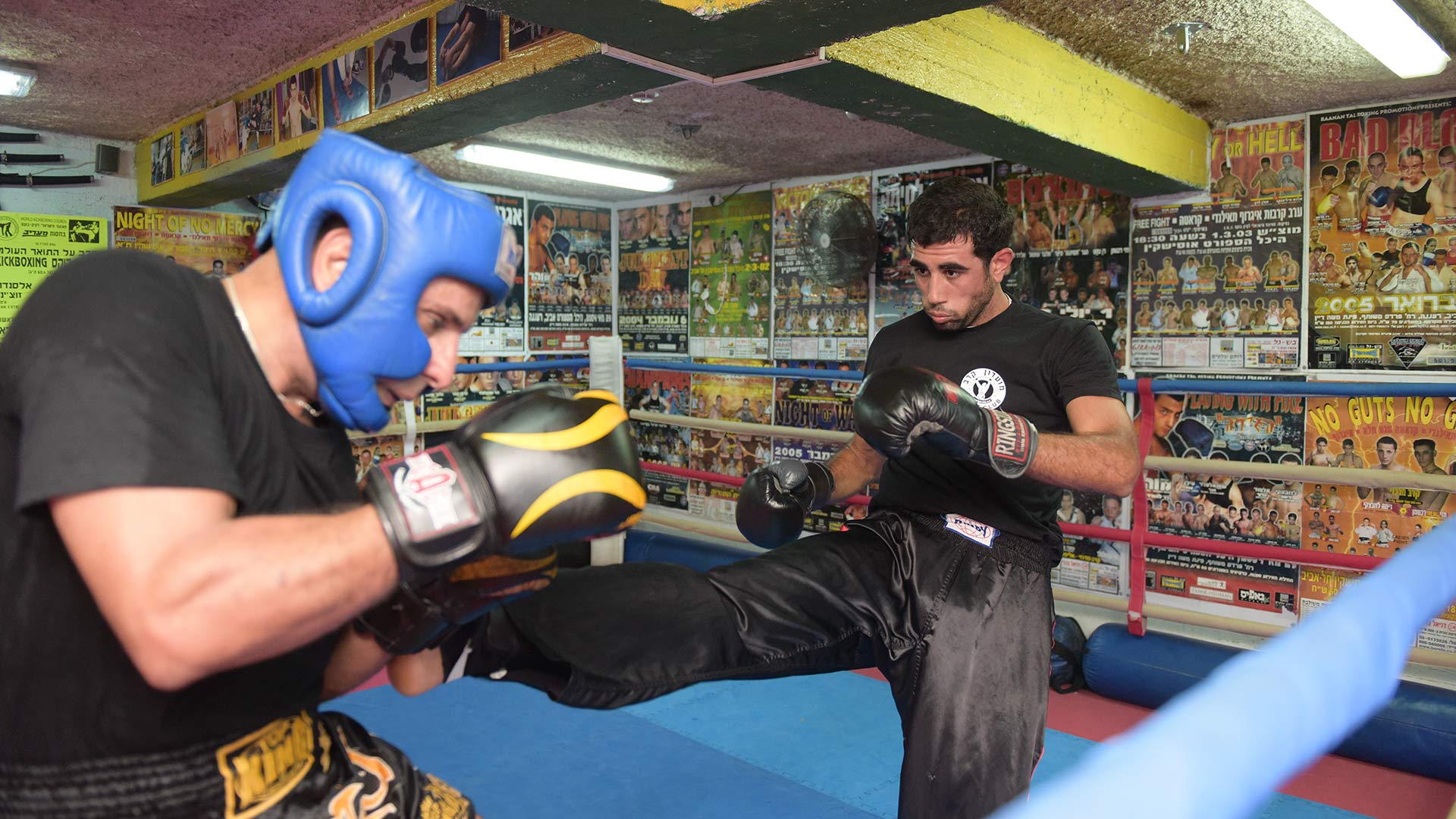
cool man
Interesting article comparing the D810 with the D7100….the latter being my camera. As an amateur I’m keen to develop my skills and since Nikon announced the development of the D850 today I’d love to see that reviewed. However, if there’s any replacement for the D750 due soon, I’d guess that might be the one for me.
The D750 is very similar in many respects to the D7XXX series but in FF. We are testing the D7500 now and we shall test the D850 when it becomes available. A new D750 will probably be coming later on.
Can’t wait!
It will be up in a few weeks.